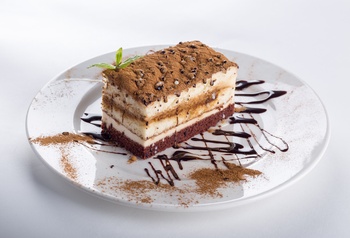What happens when we eat food?
To understand the effect that food has on the gastrointestinal (digestive) system, it can be helpful to know the main features of the system and what happens when we eat.
The gastrointestinal tract (gut) is like a long tube running all the way from the mouth to the anus. Its main purpose is to break down (digest) the food that we eat so that we can absorb the nutrients in the food. These nutrients are used to give us energy and help our bodies to grow and repair themselves.
When we eat, food passes down the oesophagus and into the stomach, where gastric (digestive) juices break it down further into a porridge-like consistency. The partly digested food then moves through the small intestine (also known as the small bowel). Here it is broken down even further so the nutrients (useful parts of food) can be absorbed into the blood stream.
The waste products from this process - liquid and undigested parts of food - are then pushed into the colon (also known as the large intestine or large bowel). The colon absorbs the liquid, and the left over waste forms solid stools (faeces). These collect in the last part of the colon and rectum until they are passed out of the body in a bowel movement.









